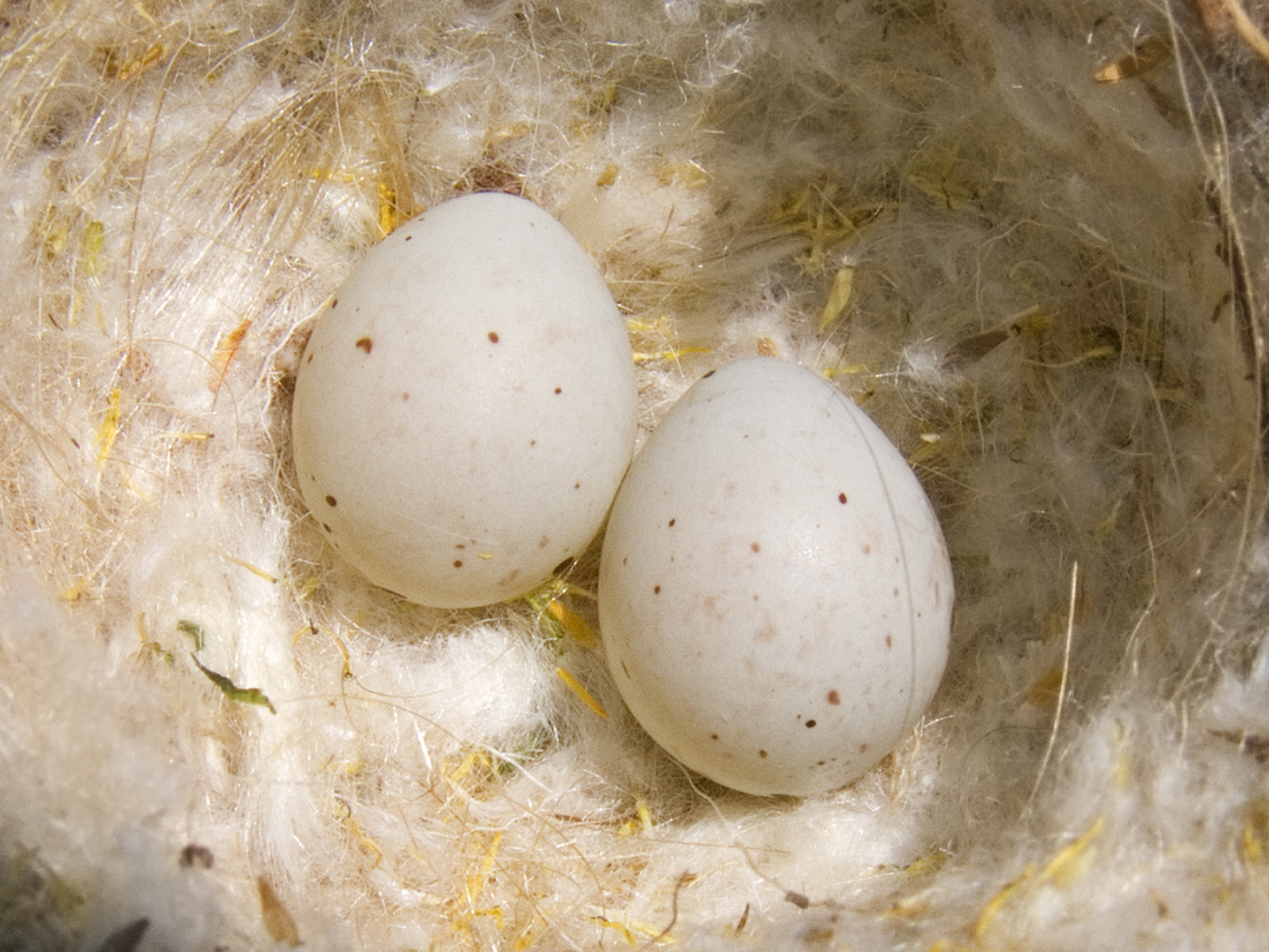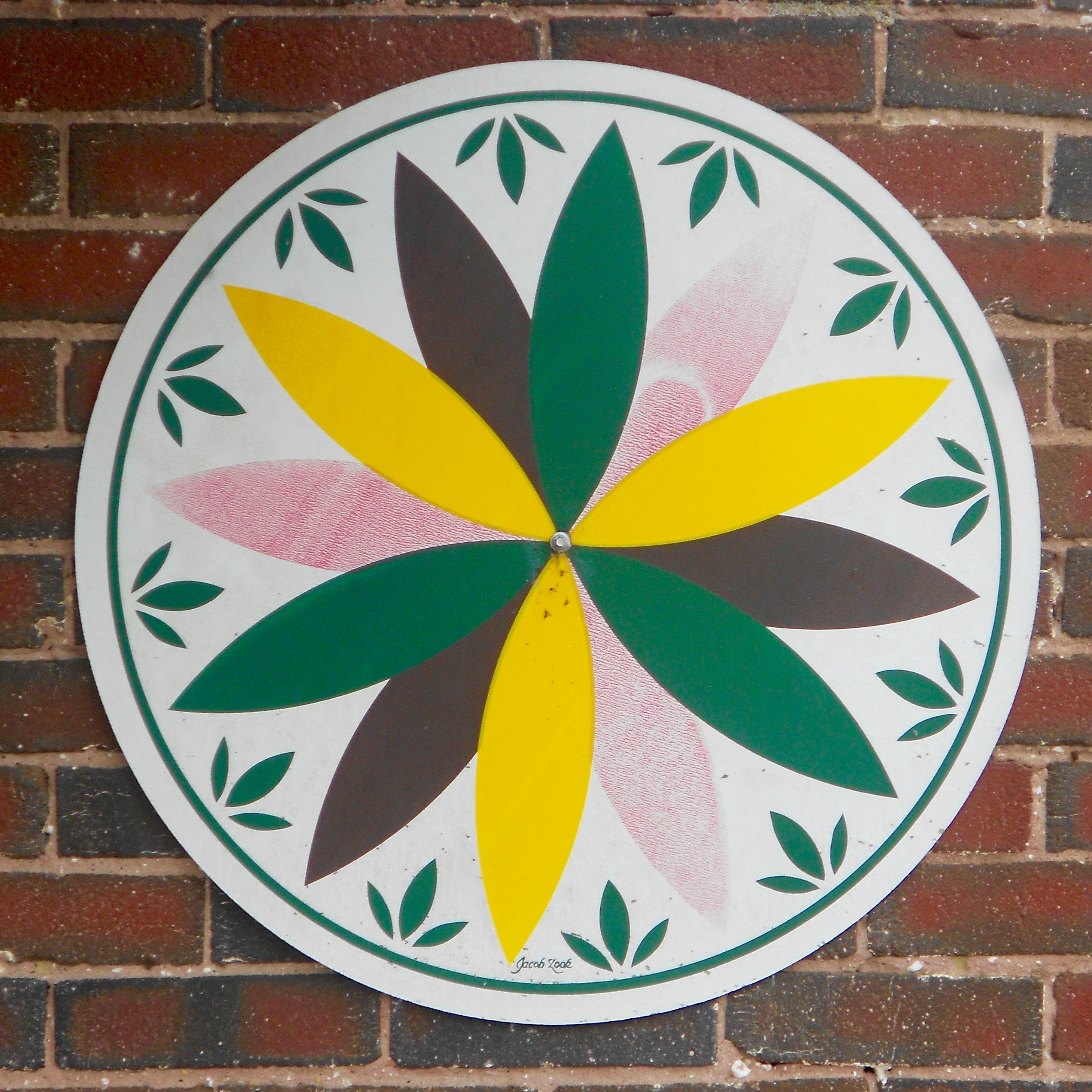|
Distelfink
A distelfink is a stylized goldfinch, probably based on the European variety. It frequently appears in Pennsylvania Dutch folk art. It represents happiness and good fortune and the Pennsylvania German people, and is a common theme in hex signs and in fraktur. The word ''distelfink'' (literally 'thistle-finch') is (besides ''Stieglitz'') the German name for the European goldfinch. In popular culture In the story "The Sign of the Triple Distelfink", the American cartoonist Don Rosa used a ''triple distelfink'' hex sign Hex signs are a form of Pennsylvania Dutch folk art, related to fraktur, found in the Fancy Dutch tradition in Pennsylvania Dutch Country. Barn paintings, usually in the form of "stars in circles", began to appear on the landscape in the early 1 ... as the origin for Gladstone Gander's remarkable luck. Notes External linksExample of a distelfink American art Visual motifs {{decorative-art-stub ... [...More Info...] [...Related Items...] OR: [Wikipedia] [Google] [Baidu] |
The Sign Of The Triple Distelfink
"The Sign of the Triple Distelfink" is a Donald Duck comic story by Don Rosa. It serves primarily to establish the origin of Gladstone Gander's extraordinary luck. The story was first published in the Danish '' Anders And & Co.'' #1998-04; the first American publication was in ''Uncle Scrooge'' #310, in June 1998. Plot It is Gladstone Gander's birthday, and Daisy Duck is planning a big party for him at Grandma Duck's farm. However, Gladstone is nowhere to be seen. He is purposefully hiding from his relatives, because his birthday is the only day in the entire year when he is unlucky, and he wants to avoid coming to any harm. Not wanting Donald and Daisy to discover him, Gladstone heads away from Grandma's farm, but a sequence of extraordinarily improbable events foils each of his travel attempts, first in a taxicab, then in a train, and finally in an aeroplane. Gladstone is on a flight to Alaska, but he is accidentally evacuated from the plane, landing on a hot-air balloon, ... [...More Info...] [...Related Items...] OR: [Wikipedia] [Google] [Baidu] |
Gladstone Gander
Gladstone Gander is a cartoon character created in 1948 by The Walt Disney Company. He is an anthropomorphic gander (male goose) who possesses exceptional good luck that grants him anything he desires as well as protecting him from any harm. This is in contrast to his cousin Donald Duck, who is often characterized for having bad luck. Gladstone is also a rival of Donald for the affection of Daisy Duck. Gladstone dresses in a very debonair way, often in a suit; wearing a bow-tie, fedora, and spats. He has a wavy hairstyle which is depicted either as white or blonde. In the story "Luck of the North" (December, 1949) he is described as having a brassy voice. Origin Gladstone Gander first appeared in "Wintertime Wager" in ''Walt Disney's Comics and Stories'' #88 (January 1948), written and drawn by Carl Barks. In that story he arrives at Donald Duck's house during a freezing cold Christmas Day to remind him of a wager Donald made the previous summer; that he could swim in the F ... [...More Info...] [...Related Items...] OR: [Wikipedia] [Google] [Baidu] |
European Goldfinch
The European goldfinch or simply the goldfinch (''Carduelis carduelis'') is a small passerine bird in the finch family that is native to Europe, North Africa and western and central Asia. It has been introduced to other areas, including Australia, New Zealand and Uruguay. The breeding male has a red face with black markings around the eyes, and a black-and-white head. The back and flanks are buff or chestnut brown. The black wings have a broad yellow bar. The tail is black and the rump is white. Males and females are very similar, but females have a slightly smaller red area on the face. The goldfinch is often depicted in Italian Renaissance paintings of the Madonna and Child. Taxonomy The European goldfinch was one of the birds described and illustrated by Swiss naturalist Conrad Gessner in his ''Historiae animalium'' of 1555. The first formal description was by Carl Linnaeus in the 10th edition of his ''Systema Naturae'' published in 1758. He introduced the binomial name ... [...More Info...] [...Related Items...] OR: [Wikipedia] [Google] [Baidu] |
Pennsylvania Dutch
The Pennsylvania Dutch ( Pennsylvania Dutch: ), also known as Pennsylvania Germans, are a cultural group formed by German immigrants who settled in Pennsylvania during the 17th, 18th and 19th centuries. They emigrated primarily from German-speaking territories of Europe, mainly from the Palatinate, also from Baden-Württemberg, Hesse, and Rhineland in Germany as well as the Netherlands, Switzerland, and France's Alsace-Lorraine region. Pennsylvania's German settlers described themselves as ''Deutsch'' or ''Hoch Deutsch'', which in contemporary English translated to "Dutch" or "High Dutch" ("Dutch" historically referred to all Germanic dialect speakers in English). They spoke several south German dialects, though Palatine German was the dominant language; their mixing contributed to a hybrid dialect, known as Pennsylvania Dutch, or Pennsylvania German, that has been preserved through the current day. The Pennsylvania Dutch maintained numerous religious affiliations; the g ... [...More Info...] [...Related Items...] OR: [Wikipedia] [Google] [Baidu] |
Folk Art
Folk art covers all forms of visual art made in the context of folk culture. Definitions vary, but generally the objects have practical utility of some kind, rather than being exclusively decorative. The makers of folk art are typically trained within a popular tradition, rather than in the fine art tradition of the culture. There is often overlap, or contested ground with 'naive art'. "Folk art" is not used in regard to traditional societies where ethnographic art continue to be made. The types of objects covered by the term "folk art" vary. The art form is categorised as "divergent... of cultural production ... comprehended by its usage in Europe, where the term originated, and in the United States, where it developed for the most part along very different lines." For a European perspective, Edward Lucie-Smith described it as "Unsophisticated art, both fine and applied, which is supposedly rooted in the collective awareness of simple people. The concept of folk art ... [...More Info...] [...Related Items...] OR: [Wikipedia] [Google] [Baidu] |
Pennsylvania German
The Pennsylvania Dutch ( Pennsylvania Dutch: ), also known as Pennsylvania Germans, are a cultural group formed by German immigrants who settled in Pennsylvania during the 17th, 18th and 19th centuries. They emigrated primarily from German-speaking territories of Europe, mainly from the Palatinate, also from Baden-Württemberg, Hesse, and Rhineland in Germany as well as the Netherlands, Switzerland, and France's Alsace-Lorraine region. Pennsylvania's German settlers described themselves as ''Deutsch'' or ''Hoch Deutsch'', which in contemporary English translated to "Dutch" or "High Dutch" ("Dutch" historically referred to all Germanic dialect speakers in English). They spoke several south German dialects, though Palatine German was the dominant language; their mixing contributed to a hybrid dialect, known as Pennsylvania Dutch, or Pennsylvania German, that has been preserved through the current day. The Pennsylvania Dutch maintained numerous religious affiliations; the g ... [...More Info...] [...Related Items...] OR: [Wikipedia] [Google] [Baidu] |
Hex Sign
Hex signs are a form of Pennsylvania Dutch folk art, related to fraktur, found in the Fancy Dutch tradition in Pennsylvania Dutch Country. Barn paintings, usually in the form of "stars in circles", began to appear on the landscape in the early 19th century and became widespread decades later when commercial ready-mixed paint became readily available. By the 1950s commercialized hex signs, aimed at the tourist market, became popular and these often include stars, compass roses, stylized birds known as distelfinks, hearts, tulips, or a tree of life. Two schools of thought exist on the meaning of hex signs. One school ascribes a talismanic nature to the signs; the other sees them as purely decorative. Both schools recognize that there are sometimes superstitions associated with certain hex sign themes and neither ascribes strong magical power to them. The Amish do not use hex signs. Form and use Painted barn stars in circular borders are a common sight on Pennsylvania Dutch barns ... [...More Info...] [...Related Items...] OR: [Wikipedia] [Google] [Baidu] |
Fraktur (Pennsylvania German Folk Art)
Fraktur is a highly artistic and elaborate illuminated folk art created by the Pennsylvania Dutch, named after the Fraktur script associated with it. Most Fraktur were created between 1740 and 1860. Fraktur drawings were executed in ink and/or watercolors and are found in a wide variety of forms: the ''Vorschriften'' (writing samples), the ''Taufscheine'' (birth and baptismal certificates), marriage and house blessings, book plates, and floral and figurative scenes. The earlier Fraktur were executed entirely by hand, while printed text became increasingly common in later examples. Common artistic motifs in Fraktur include birds (distelfinks), hearts, and tulips, as well as blackletter (Fraktur) and italic calligraphy. Many major American museums, including the American Folk Art Museum, the Metropolitan Museum of Art, the Philadelphia Museum of Art, and the Winterthur Museum have Fraktur in their collections. Important Fraktur have been sold by major American auction houses ... [...More Info...] [...Related Items...] OR: [Wikipedia] [Google] [Baidu] |
European Goldfinch
The European goldfinch or simply the goldfinch (''Carduelis carduelis'') is a small passerine bird in the finch family that is native to Europe, North Africa and western and central Asia. It has been introduced to other areas, including Australia, New Zealand and Uruguay. The breeding male has a red face with black markings around the eyes, and a black-and-white head. The back and flanks are buff or chestnut brown. The black wings have a broad yellow bar. The tail is black and the rump is white. Males and females are very similar, but females have a slightly smaller red area on the face. The goldfinch is often depicted in Italian Renaissance paintings of the Madonna and Child. Taxonomy The European goldfinch was one of the birds described and illustrated by Swiss naturalist Conrad Gessner in his ''Historiae animalium'' of 1555. The first formal description was by Carl Linnaeus in the 10th edition of his ''Systema Naturae'' published in 1758. He introduced the binomial name ... [...More Info...] [...Related Items...] OR: [Wikipedia] [Google] [Baidu] |
European Goldfinch On Spear Thistle
European, or Europeans, or Europeneans, may refer to: In general * ''European'', an adjective referring to something of, from, or related to Europe ** Ethnic groups in Europe ** Demographics of Europe ** European cuisine, the cuisines of Europe and other Western countries * ''European'', an adjective referring to something of, from, or related to the European Union ** Citizenship of the European Union ** Demographics of the European Union In publishing * ''The European'' (1953 magazine), a far-right cultural and political magazine published 1953–1959 * ''The European'' (newspaper), a British weekly newspaper published 1990–1998 * ''The European'' (2009 magazine), a German magazine first published in September 2009 *''The European Magazine'', a magazine published in London 1782–1826 *''The New European'', a British weekly pop-up newspaper first published in July 2016 Other uses * * Europeans (band), a British post-punk group, from Bristol See also * * * Europe (disam ... [...More Info...] [...Related Items...] OR: [Wikipedia] [Google] [Baidu] |
Cartoonist
A cartoonist is a visual artist who specializes in both drawing and writing cartoons (individual images) or comics (sequential images). Cartoonists differ from comics writers or comic book illustrators in that they produce both the literary and graphic components of the work as part of their practice. Cartoonists may work in a variety of formats, including booklets, comic strips, comic books, editorial cartoons, graphic novels, manuals, gag cartoons, storyboards, posters, shirts, books, advertisements, greeting cards, magazines, newspapers, webcomics, and video game packaging. Terminology Cartoonists may also be denoted by terms such as comics artist, comic book artist, graphic novel artist or graphic novelist. Ambiguity may arise because "comic book artist" may also refer to the person who only illustrates the comic, and "graphic novelist" may also refer to the person who only writes the script. History The English satirist and editorial cartoonist William Hogarth, w ... [...More Info...] [...Related Items...] OR: [Wikipedia] [Google] [Baidu] |


.jpg)




